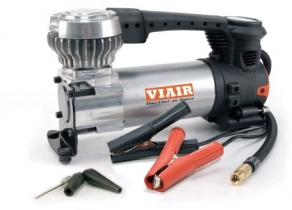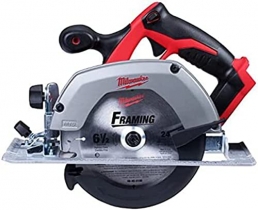-
Welcome to Tacoma World!
You are currently viewing as a guest! To get full-access, you need to register for a FREE account.
As a registered member, you’ll be able to:- Participate in all Tacoma discussion topics
- Communicate privately with other Tacoma owners from around the world
- Post your own photos in our Members Gallery
- Access all special features of the site
Mech. Engr. Senior Design Project Idea
Discussion in 'General Automotive' started by jacobigindi, Sep 30, 2013.


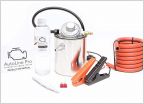 Yoyo
Yoyo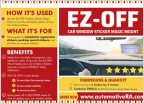 Easiest way to attach a sticker (non permanent)
Easiest way to attach a sticker (non permanent)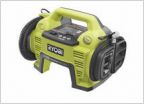 Recommendations for a Cordless Tire Inflator
Recommendations for a Cordless Tire Inflator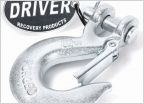 Recovery hook question
Recovery hook question How to: Wiring brake lights to horn prank
How to: Wiring brake lights to horn prank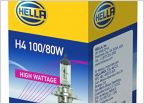 Looking for more light output?
Looking for more light output?